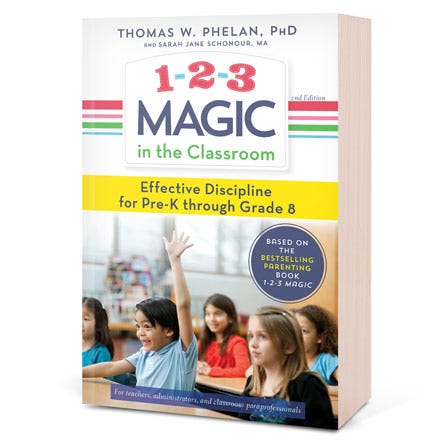In the ever-evolving landscape of education, virtual instruction has become increasingly prevalent, especially with the rise of platforms like Zoom. To navigate this new territory effectively, teachers need to harness the power of Zoom and its array of features. Let’s explore some expert tips to elevate virtual instruction and maximize the potential of Zoom for teachers.
Creating Engaging Content
In the digital realm, content is king. To captivate students’ attention in virtual classrooms, teachers must focus on creating engaging and interactive content. Incorporate multimedia elements such as videos, animations, and interactive slides to make lessons more dynamic and compelling. By leveraging Zoom’s screen-sharing feature, educators can seamlessly integrate diverse content into their presentations, keeping students actively involved and immersed in the learning process.
Fostering Student Interaction
One of the challenges of virtual instruction is maintaining student engagement and participation. To address this, teachers should prioritize fostering student interaction during Zoom sessions. Utilize breakout rooms to facilitate small group discussions and collaborative activities, allowing students to interact with their peers and engage in meaningful dialogue. Encourage the use of Zoom’s chat function for asking questions, sharing insights, and fostering a sense of community within the virtual classroom.
Utilizing Polls and Quizzes
Another effective strategy for enhancing virtual instruction with Zoom is to utilize polls and quizzes. These interactive features can be used to assess student understanding, gather feedback, and stimulate critical thinking. Incorporate polls throughout the lesson to gauge comprehension and gather student opinions on various topics. Additionally, utilize Zoom’s built-in quiz feature or external platforms like Kahoot! to create engaging quizzes that reinforce key concepts and promote active learning.
Maximizing Engagement with Whiteboards
Zoom’s virtual whiteboard feature is a powerful tool for facilitating collaborative learning and visualizing concepts. Teachers can use the whiteboard to illustrate complex ideas, solve problems in real-time, and encourage student participation. Encourage students to annotate directly on the whiteboard, brainstorm ideas, and work together on interactive activities. By leveraging the whiteboard feature, educators can create dynamic and interactive learning experiences that resonate with students.
Ensuring Accessibility for All Students
Inclusive education is paramount in virtual instruction, and teachers must ensure that their Zoom sessions are accessible to all students. Provide closed captions or transcripts for live lectures to accommodate students with hearing impairments. Use descriptive alt text for images and graphics to assist students with visual impairments. Additionally, consider the diverse needs of your students and offer alternative formats for accessing course materials, such as audio recordings or text-based summaries.
Implementing Security Measures
Security is a top priority when conducting virtual instruction, especially on platforms like Zoom. To safeguard the privacy and safety of both students and educators, it’s essential to implement robust security measures. Familiarize yourself with Zoom’s security settings and utilize features such as waiting rooms, meeting passwords, and participant authentication to control access to your virtual classroom. Educate students on best practices for online safety and etiquette to create a secure and respectful learning environment.
Providing Ongoing Support
Transitioning to virtual instruction can be challenging for both teachers and students, so it’s crucial to provide ongoing support and guidance throughout the process. Offer training sessions or workshops to familiarize educators with Zoom’s features and best practices for virtual teaching. Additionally, be responsive to students’ questions and concerns, providing technical assistance and troubleshooting as needed. By offering comprehensive support, educators can empower both themselves and their students to thrive in the virtual classroom.
Conclusion: Elevating virtual instruction with Zoom requires a proactive approach, incorporating engaging content, fostering student interaction, and ensuring accessibility and security. By implementing these expert tips and leveraging Zoom’s features to their fullest potential, teachers can create dynamic and effective learning experiences that engage students and foster academic success. Read more about zoom tips and tricks for teachers






